Ever since tomato paste entered the market as a manufactured product companies have been making and sending it to the local shops. Tomato paste is used to make all kinds of sauces and foods and a lot of recipes are out there to show how to use it. Be it a sauce or a main dish that uses tomato paste there is a recipe for all of them.
Here is an example of those recipes that call for tomato paste.The smoked hot paprika powder gives this creamy paprika sauce a great smokiness and a good spice kick. It goes well with roasted, baked, or grilled chicken. This fast and simple paprika sauce is excellent on chicken since it is spicy, smoky, and creamy.
Why create the recipe Nothing elevates a simple supper into a gourmet meal like a great sauce. A tasty sauce that can be prepared in a short amount of time.
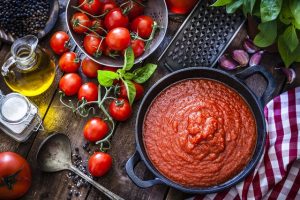
Ingredients
- 2 tablespoons unsalted butter
- ½ cup minced onion (about 1 small onion)
- 2 teaspoons smoked Spanish hot paprika*
- ¾ cup chicken broth
- 1 ½ tablespoon tomato paste
- ¼ cup heavy cream
- 2 tablespoons full-fat sour cream
- 2 tablespoons finely chopped cilantro
Instruction
- Butter should be melted in a small pan. Add the onion and cook for about two minutes, or until it begins to soften.
- Add the paprika and heat until it is aromatic (a few seconds).
- Add the chicken broth, bring to a boil, then simmer uncovered for around half a minute (3-4 minutes).
- Add the tomato paste after turning the heat off with a whisk or swirl.
- Add cilantro and heavy cream and sour cream.
- Restart the heat, then thoroughly warm the sauce while stirring.
Double concentrated tomato paste how to use
Double concentrated tomato paste is not much different than regular tomato paste, the only difference is the lesser amount of water content and you may ask how to use it? Just like using tomato paste. You just need to use lesser amounts of it.
- What is tomato paste
Fresh tomatoes are cooked down to a paste consistency to create tomato paste. Tomato paste may be used sparingly to flavor sauces, soups, and other foods. It has a strong tomato taste. You may get tomato paste in little cans, jars, and even tubes.
- Alternative to Tomato Paste
You may easily create a simple substitution if you don’t have tomato paste:
You may simmer 2-3 tablespoons of tomato puree or sauce and reduce it until it is thick to substitute for 1 tablespoon of tomato paste. Since tomato sauce is likely a staple in your cupboard if you cook often and has a flavor that is quite similar to paste when simmered down, we believe this to be the ideal alternative.
If the recipe only calls for a tablespoon or two, use an equivalent quantity of double-concentrated tomato paste from a tube. The liquid may need to be slightly adjusted. You may use 3 ounces of double-concentrated tomato paste for the entire 6 ounces of ordinary tomato paste that your recipe asks for.
Because ketchup contains sugar and other components, we typically do not advise substituting it for tomato paste. As opposed to ketchup, which is often more about sweetness than it is about tomato taste, tomato paste typically provides a robust tomato flavor.
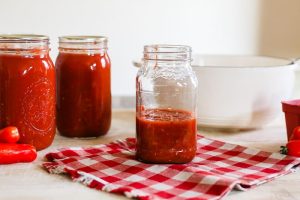
- Tomato Paste with Double the Concentration
This tomato paste is generally imported from Italy and is supplied in huge tubes. The taste of this tomato paste is richer than that of regular paste. Tomatoes were cleaned, sorted, and crushed to create the paste. The seeds, skins, and cellulose are then removed from the mash using a centrifuge, and the remaining plant is then placed in evaporation tanks to condense to the required thickness.
Fresh tomatoes are cooked down to a paste consistency to create tomato paste. Tomato paste may be used sparingly to flavor sauces, soups, and other foods. It has a strong tomato taste. You may get tomato paste in little cans, jars, and even tubes.
- Alternative to Tomato Paste
You may easily create a simple substitution if you don’t have tomato paste:
You may simmer 2-3 tablespoons of tomato puree or sauce and reduce it until it is thick to substitute for 1 tablespoon of tomato paste. Since tomato sauce is likely a staple in your cupboard if you cook often and has a flavor that is quite similar to paste when simmered down, we believe this to be the ideal alternative.
If the recipe only calls for a tablespoon or two, use an equivalent quantity of double-concentrated tomato paste from a tube. The liquid may need to be slightly adjusted. You may use 3 ounces of double-concentrated tomato paste for the entire 6 ounces of ordinary tomato paste that your recipe asks for.
Because ketchup contains sugar and other components, we typically do not advise substituting it for tomato paste. As opposed to ketchup, which is often more about sweetness than it is about tomato taste, tomato paste typically provides a robust tomato flavor.
- Tomato Paste with Double the Concentration
This tomato paste is generally imported from Italy and is supplied in huge tubes. The taste of this tomato paste is richer than that of regular paste. Tomatoes were cleaned, sorted, and crushed to create the paste. The seeds, skins, and cellulose are then removed from the mash using a centrifuge, and the remaining plant is then placed in evaporation tanks to condense to the required thickness.
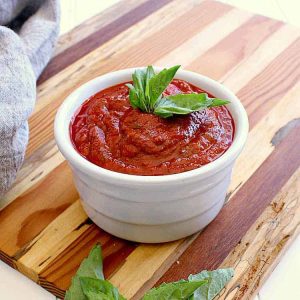
What is tomato paste used for
Tomato paste is used for making dishes more delicious and tasty and no matter what kind of tomato sauce you are making you can substitute tomato paste for fresh or canned tomatoes. Tomatoes are reduced to a thick, black concentration after being cooked for a number of hours and are then filtered to create tomato paste. Tomato paste is a key component in many Italian dishes.
It’s reasonably priced capacity to thicken, color, and improve the flavor of this ingredient may be useful in tomato sauces and other semi-liquid dishes like soups and stews. Be careful not to add too much, since this might give the sauce an overly acidic edge or an overpowering tomato flavor. Additionally, too much tomato puree might increase the acidity of the sauce.

The two most popular packaging types for tomato paste are cans and tubes. I feel that the hassle-free tubes of tomato paste are much more convenient than the cans. By examining the ingredient labels, you can confirm that the only ingredient indicated on the cans and tubes is tomatoes.
Look for imported double-strength tomato concentrate at specialty stores or Italian delicatessens if you want a flavor that is especially intense. Before it was almost always available for purchase in commercial quantities, tomato paste was traditionally made in the homes of individuals living in Italy and other Mediterranean countries for many years.
To make tomato paste, first, boil the tomatoes for a few hours to remove extra moisture, then drain them to remove the seeds and skin, and then simmer the tomatoes for a few more hours to reduce them to a thick, flavorful paste.
When to add tomato paste to sauce
Knowing when to add your tomato paste to the sauce or any kind of food that you are making is key to unlocking its full potential. No matter what you’re creating while cooking with tomato paste, it’s a good idea to sauté the paste in oil or another sort of fat for a few minutes, turning often to avoid sticking and burning.
This one little change gets rid of the taste that says, “I came from a can or tube.” You may further caramelize the sugars and enhance the taste of the paste by cooking it until it turns from a brilliant red to a darker, browner brick red. A decent rule of thumb is to add tomato paste when you’re nearly finished sautéing the aromatics for a meal.
Give the spaghetti sauce dimension
When preparing a tomato-based pasta sauce, tomato paste is an excellent ingredient to have on hand since it may enhance the already-present umami tomato tastes. This simple marinara sauce, which may be made completely from canned tomatoes, has it as a crucial component. It is also important in this bold, salty puttanesca sauce.
This simple, delectable pasta sauce can be made even if you don’t have any other canned tomato products on hand using tomato paste, garlic, and olive oil. If fresh herbs are not available, use dried herbs or omit them completely.
Make simple beans even more delectable.
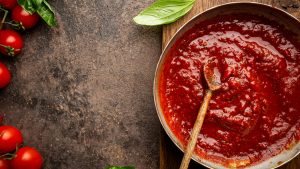
We use dry beans often in my household, and I’ve discovered that tomato paste is the best method to prepare them. I cut or halve an onion and crush a few garlic cloves before browning them in a Dutch oven with a generous amount of olive oil.
I’ll next add a dollop or two of tomato paste and whatever seasonings I’m in the mood for, which is often a mix of smoked paprika, chili flakes, oregano, or a small amount of cocoa powder. I’ll caramelize the paste before adding beans and stock or water. The bean broth gains a delightful sense of richness as a result.


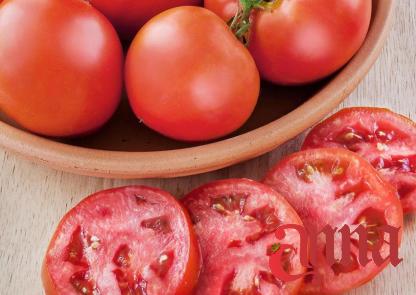
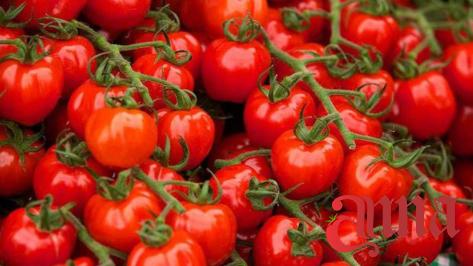


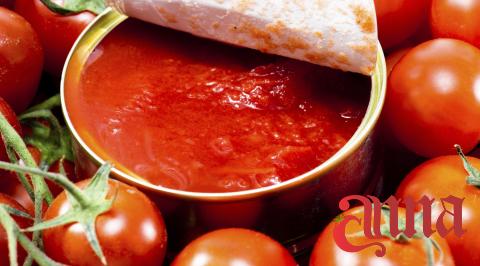

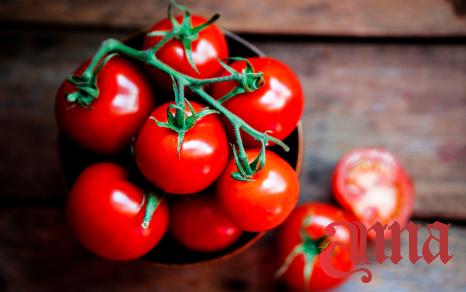
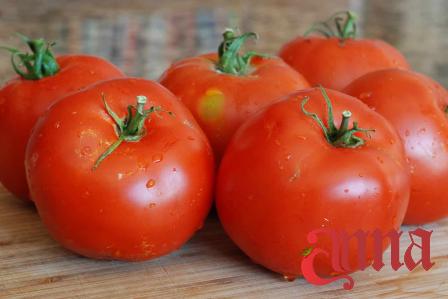
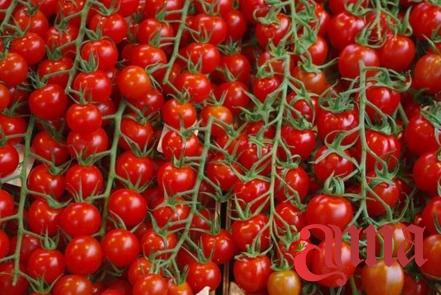
Your comment submitted.